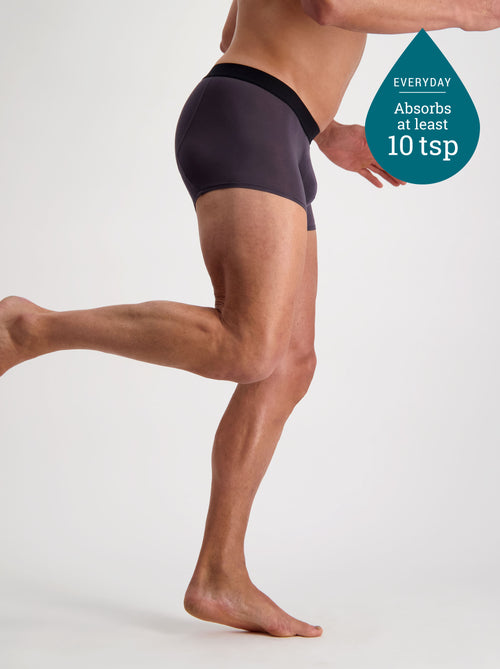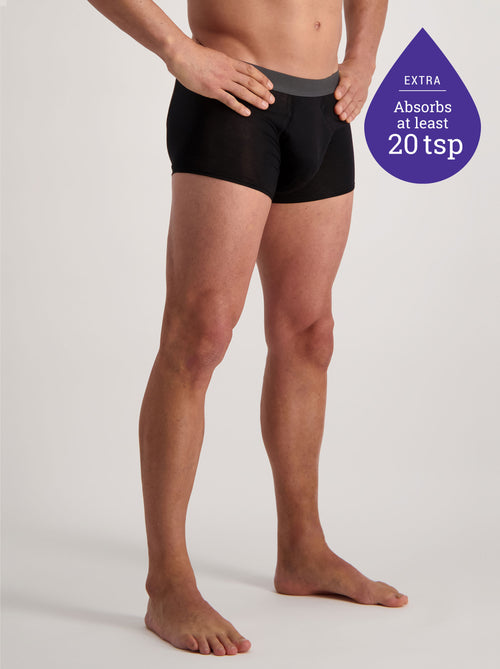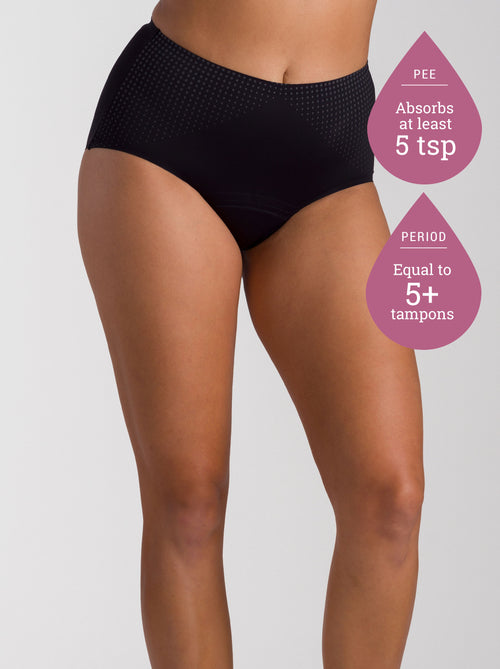We might talk about having a ‘
weak bladder
’ but in fact it’s often not the bladder that’s weak – it’s the pelvic floor.
Located between the hips, your pelvic floor is an area of muscles and tissues that act as a hammock to support the uterus, bladder, small intestine and rectum.
For both men and women, the pelvic floor muscles can be weakened in a number of ways, including surgery, aging and excessive straining when constipated. In women, pregnancy, childbirth and menopause can be factors.
Whatever the cause, a weakened pelvic floor can lead to different levels of stress incontinence, from little wee leaks when you cough or sneeze to more serious
bladder leakage.
Luckily, there are ways to regain some of that pelvic floor strength – and
kegel exercises
are a great way to start!
Here’s a quick beginner’s guide to kegels:
1. First, locate your pelvic floor muscles by trying to stop urinating mid-stream. Make sure you don’t tense the muscles in your buttocks, thighs or abdomen, and try not to hold your breath. If you succeed in stopping or slowing down that flow – congratulations – you’ve found your pelvic floor muscles! (Note – once you have located your pelvic floor muscles, do not continue to stop urinating mid-stream, as this can lead to further health issues.)
2. To perform kegels
- contract your pelvic floor muscles for five seconds
- fully relax for a count of three
- repeat this sequence ten times
- repeat a set of ten three times a day
3. At first it might be easier to do these exercises lying down in the comfort of your own home – but by the time you’re a kegel-exercise-pro you’ll be doing them standing, cooking dinner, at the traffic lights, at the pub watching the rugby… In fact, doing them while standing puts more weight on the pelvic floor muscles, which intensifies the workout and improves control.
4. Remember the three Ps – Patience + Persistence = less Pee. As with any exercise or lifestyle change, you probably won’t experience instantaneous results. But commit to doing kegel exercises regularly, and after three to six weeks, you should notice an improvement in your control. Track your daily progress in a diary to keep motivated.
5. If you don’t see improvement after six weeks see your doctor, physio or health professional, as they may be able to help you locate the exact area you need to be focusing on.
PS: Did you know?
If mitigating the experience of little leaks isn’t enough to get you started on kegel exercises, it’s also been shown that having strong pelvic floor muscles can improve your sex life and lead to more intense orgasms. Sounds like a win-win to us!






